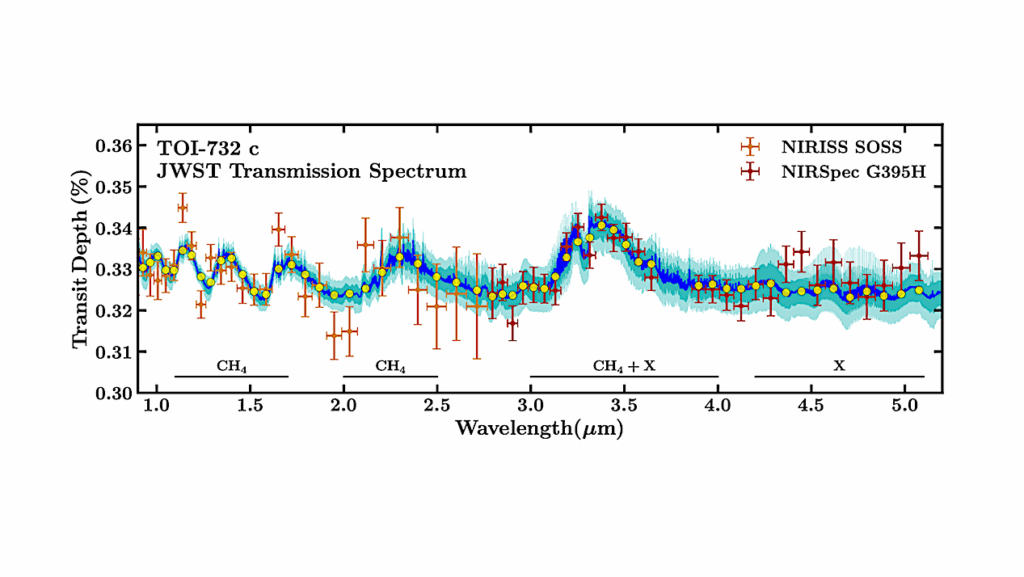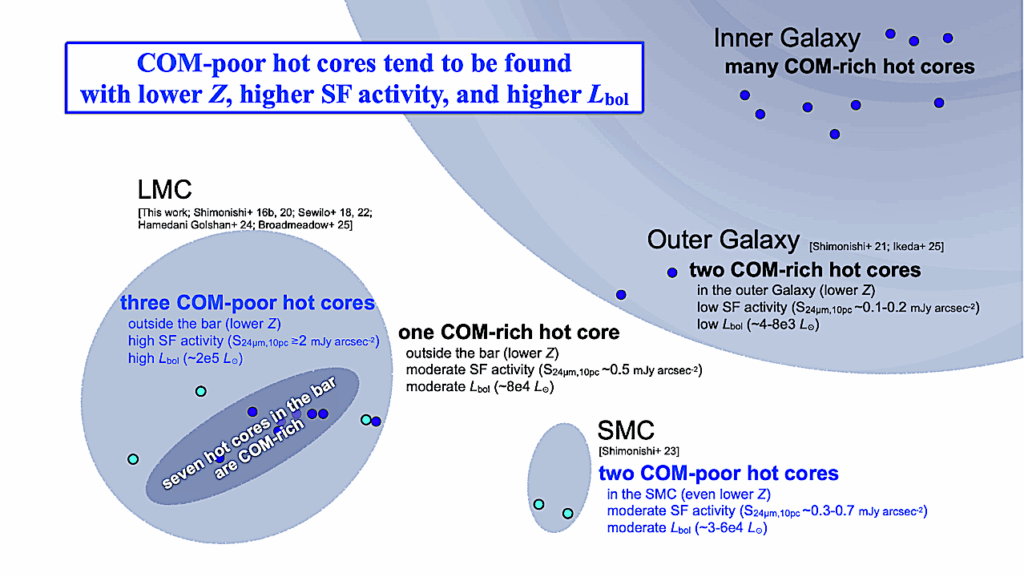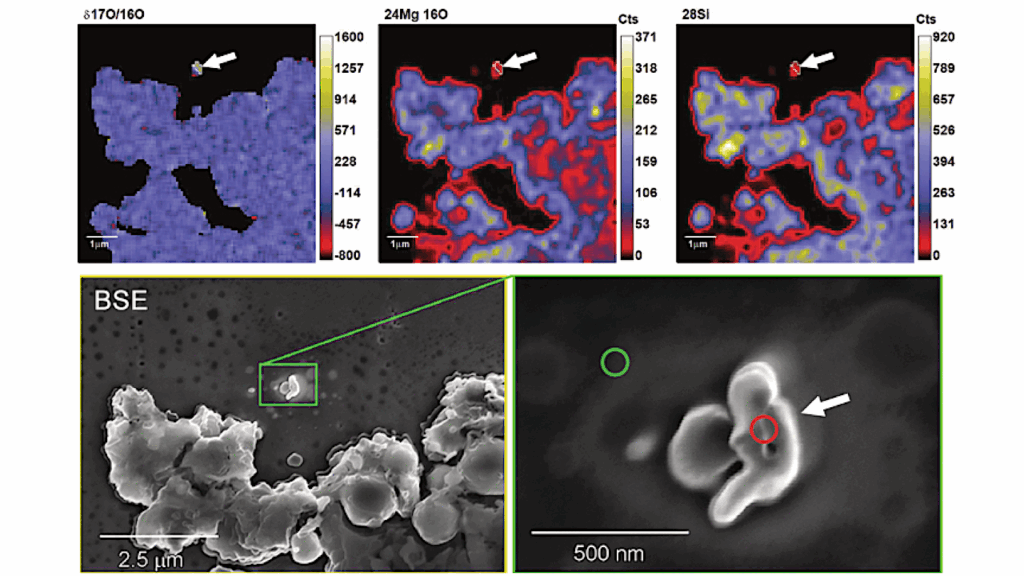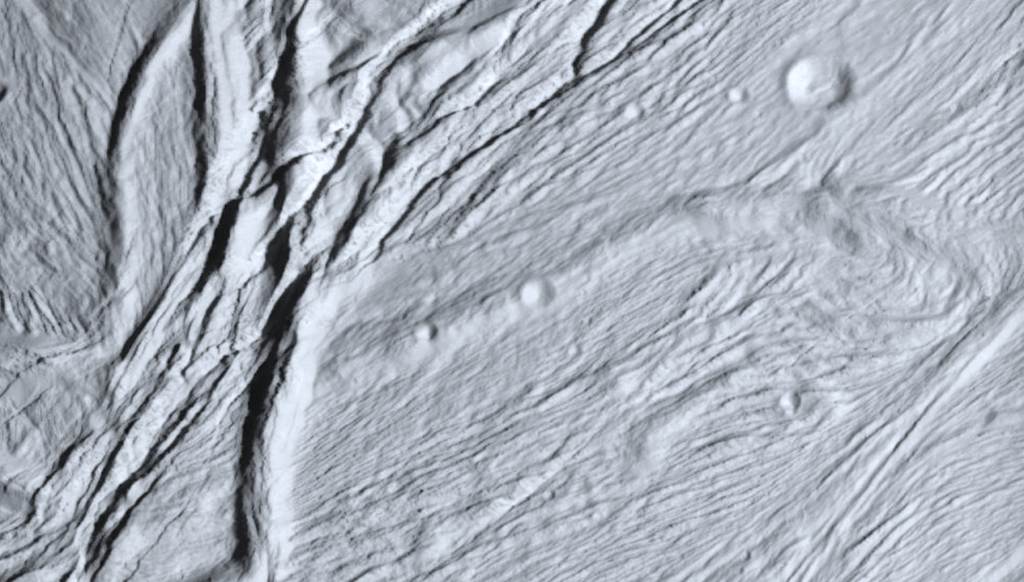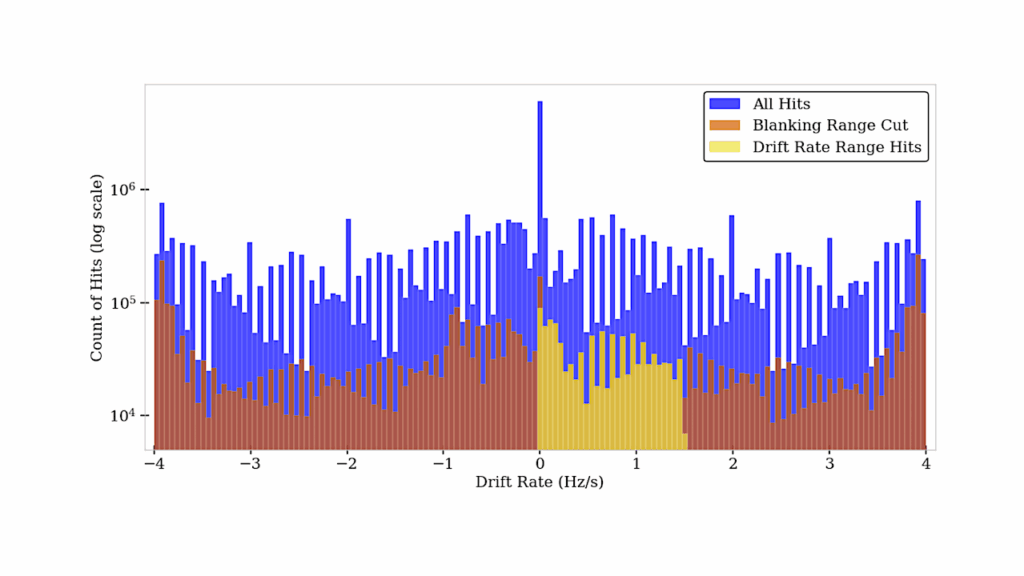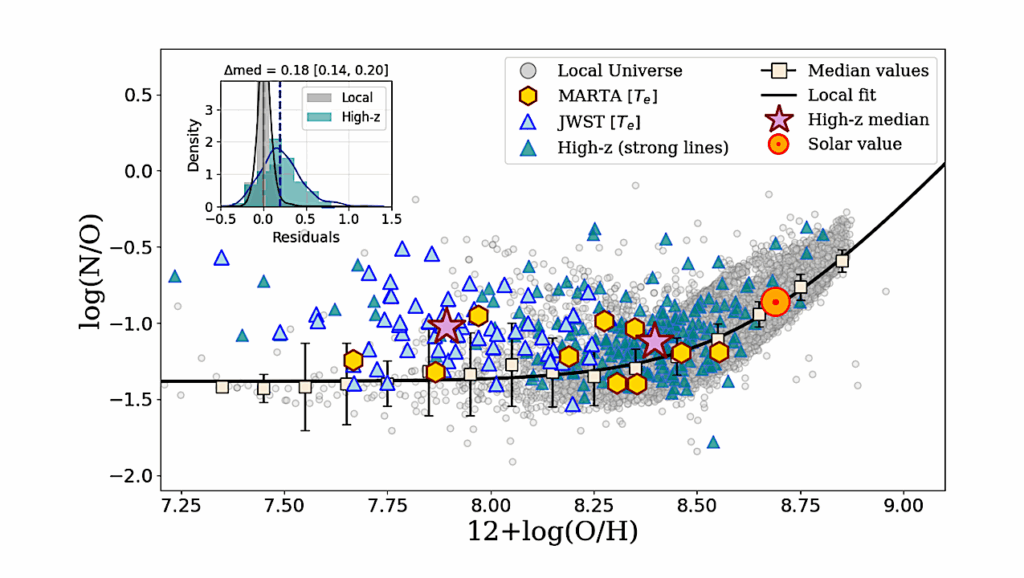Accurate Ab Initio Spectroscopic Studies Of Promising Interstellar Ethanolamine Iminic Precursors
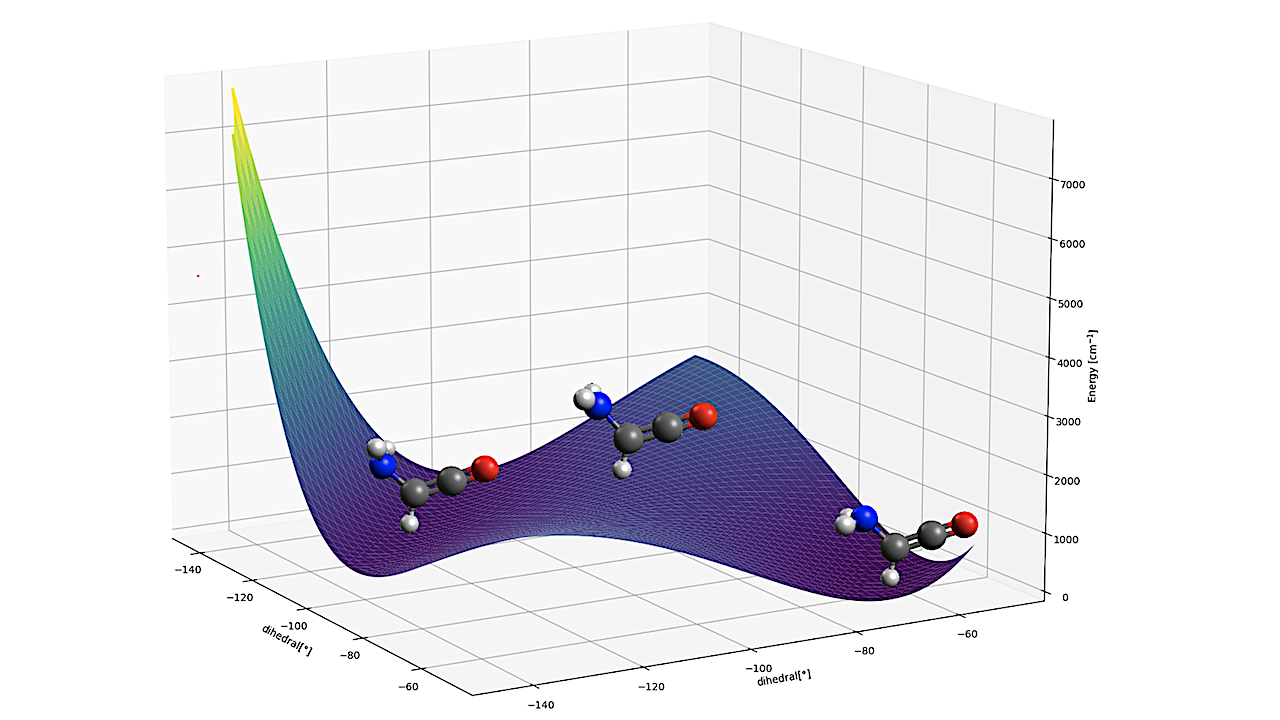
Context. The detection of NH2CH2CH2OH (ethanolamine) in molecular cloud G+0.693-0.027 adds an additional player to the prebiotic molecules discovered so far in the interstellar medium (ISM). As this molecule might be formed through condensed-phase hydrogenation steps, detecting one or more of the molecules involved might help to elucidate the chemical pathway leading to its production.
Aims. The chemical path involves the formation of four chemical species. In this work, we study the energies of the isomers involved, indicate the best candidates for detection purposes, and provide the distortion constants of the most energetically favoured isomers undetected so far. Methods. We used highly accurate CCSD(T)-F12/cc-pCVTZ-F12 computations to predict the lowest energy isomers as well as their spectroscopic constants, taking corrections for core electron correlation and scalar relativity into account.
Results. We studied 14 isomers. We find that the lowest energy isomer proposed in previous studies is not the actual minimum. We provide a set of rotational and distortion constants of the two new most stable isomers together with their fundamental vibrational frequencies in order to guide the search for these important astrochemical precursors of prebiotic molecules in the ISM.

Figure taken from Rivilla et al. (2021b). The molecular species in red have been detected towards the G+0.693 molecular cloud. The grey-shaded area corresponds to a hydrogenation chain. The chemical reactions indicated with coloured arrows have been proposed in previous works: magenta (Wakelam et al. 2015), blue (Kameneva et al. 2017), orange (Suzuki et al. 2018), cyan (Krasnokutski 2021), and green (Suzuki et al. 2018; Ruaud et al. 2015). The formation routes proposed in Rivilla et al. (2021b) are shown in black. The solid arrows indicate surface chemistry reactions, dashed arrows denote gas phase chemistry. — astro-ph.GA
D. Alberton, N. Inostroza-Pino, Ryan C. Fortenberry, V. Lattanzi, C. Endres, J. Fuentealba Zamponi, P. Caselli
Subjects: Astrophysics of Galaxies (astro-ph.GA); Earth and Planetary Astrophysics (astro-ph.EP)
Cite as: arXiv:2401.14258 [astro-ph.GA] (or arXiv:2401.14258v1 [astro-ph.GA] for this version)
Submission history
From: Davide Alberton
[v1] Thu, 25 Jan 2024 15:49:24 UTC (4,995 KB)
https://arxiv.org/abs/2401.14258
Astrobiology, Astrochemistry,


